In the early 90s, partly due to cost and partly due to factory farming practices, we decided to eat a vegetarian diet. A vegetarian friend had introduced us to Molly Katzen’s Moosewood Cookbook via her spanakopita recipe. We purchased our own copy, not realizing it had been updated for the low-fat trend so popular then. We kept a copy of the old spanakopita recipe (with the butter and eggs) and used the new recipes without the options of throwing away the egg yolks and other such suggestions. Our copy is stained and worn, with pages falling open to favorite recipes.
Katzen followed up the Moosewood Cookbook with The Enchanted Broccoli Forest. While not as basic as the Moosewood, Broccoli Forest has at least one staple for us: the quiche formula. Instead of needing a quiche recipe for each kind of quiche you’d like to make, Katzen came up with a formula: crust + cheese + filling + custard. It’s a 9- or 10-inch crust, about ¼ pound of cheese (I don’t use that much), enough filling to cover the cheese and crust thinly, and a custard of 3 eggs plus one cup of milk. Although Katzen has recipes for each component (and suggestions of how to combine them), the possibilities are far greater than contained in her cookbook, or any cookbook for that matter.
When faced with a mound of greens that first CSA season, the combination we used most often was a traditional crust, whatever cheese we had, and greens sauteed with onions. We would work assembly-line style, eventually ending up with plenty of quiche for supper and at least several for the freezer. We’ve only frozen quiche with regular pie crust, but they froze and reheated well, great for when we needed a break from cooking.
Depending on the ingredients you choose, it is possible to buy all your quiche ingredients at the market. For the crust you can go with a traditional crust, homemade or storebought. Lately I’ve been making quiches crustless or with a hashbrown crust. I’d been eyeing this torta for some time and decided to give a crust of fried potato slices a try. It was time consuming, I’ll admit, although less frustrating for me than pie dough. There are also plenty of recipes online for paleo, gluten-free, or other crusts.
Use whatever cheese you fancy. Gruyère is a traditional one for quiches, but think about what you like and what complements your filling. I imagine you can leave out the cheese entirely but it does create, as Katzen says, “a moisture-resistant barrier between the filling and the crust.” No matter how much you love cheese, though, don’t go overboard on it. Too much cheese can keep the custard from cooking properly.
The fillings can be so many things: greens, onions, garlic, mushrooms, bacon, tomatoes, broccoli, squash, whatever you want. I advise that you cook juicier veggies before using, and alliums such as onions and garlic are yummier sauteed or browned.
Eggs are a must for the custard, and I don’t have enough experience with vegan cooking to suggest a substitute. The milk, though, while a good use of your milk share, is flexible. If you need or want a dairy-free dish by all means use a different kind of milk, or use extra eggs, frittata-style.
When I made this quiche I had stems from the various greens I had been using: beet, several kinds of kale, and chard. While I’ve been using chard stems for a long time, I had not used other stems until Alice suggested it. Now I save them and use them as I would the greens, allowing for a longer cooking time. I had hoped to make a pretty spiral with them, as in this tart, but even after cooking they were not quite flexible enough. Normally I would chop the stems, but I decided to leave them long and I enjoyed the result. The beet stems retained their color well and helped create a variety of colors as well as textures.
I asked for and received a mandoline slicer for Christmas and had not used it yet. I don’t think I could have made all those potato slices (I made a double batch) without it. I experimented with different thickness and although I enjoyed being able to make paper-thin slices the ⅛ inch slices were plenty thin yet still had enough substance for the crust.
Using a springform pan was a challenge for this crust. It makes for the best presentation but the biggest hassle. Normally I line a springform pan with wax paper and that seems to fill in the potential gap at the bottom well. I saw this post that used parchment paper instead and decided to use it. Since the potatoes had been fried I did not think I needed to grease the paper and that is perhaps where I went wrong. The quiche leaked, just a little in one pan and a lot more in the other. Make sure you have yours sealed well before you try this! Next time I’ll try using foil as in this post.
Other than a little leakage this turned out beautifully and tasted even better. Note that I used a higher ratio of eggs to milk, mainly because we are using up our milk share quickly this week. I also used more custard as a straight-sided pan such as a springform has a higher volume than a typical pie pan.
Seasonal Veggies Quiche
Inspired by Mollie Katzen and Grown to Cook
For the crust:
One large potato – I used Yukon gold, but any kind should work
Fat of your choice
For the filling:
2-3 oz cheese, shredded
One medium to large onion, sliced or chopped
Stems from about four bunches of greens
Custard:
6 large eggs
1 cup milk
Salt and pepper to taste
Preheat the oven to 400°. Slice the potato thin, about ⅛ inch (peel first if desired, I did not). Fry in fat of your choice in batches until cooked and lightly brown, season to taste with salt and pepper. Line a springform pan with wax or parchment paper (see above) and line with overlapping potato slices. I found it easiest to arrange the slices on the side first, trimming them as necessary, then the bottom.
Sauté the onion until at least wilted, and possibly brown, as you prefer. Salt and pepper to taste.
Meanwhile, bring a pot of salted water to boil. Parboil the greens stems 7 minutes, then drain. Chop or leave whole and add to the onions, seasoning to taste.
Beat eggs, mix in milk, and sprinkle salt to taste.
Assemble the quiche: sprinkle cheese on top of the prepared crust, arrange a thin layer of the greens mixture (be careful if it’s still hot!), then slowly pour custard over all.
Bake at 400° until custard is set and lightly brown.
Printable recipe here
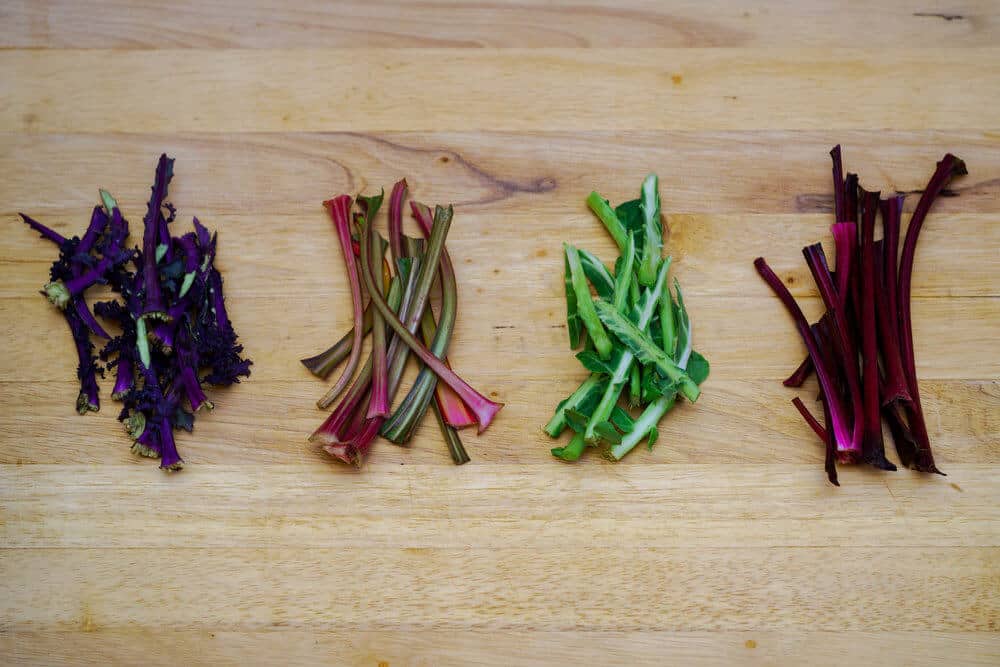

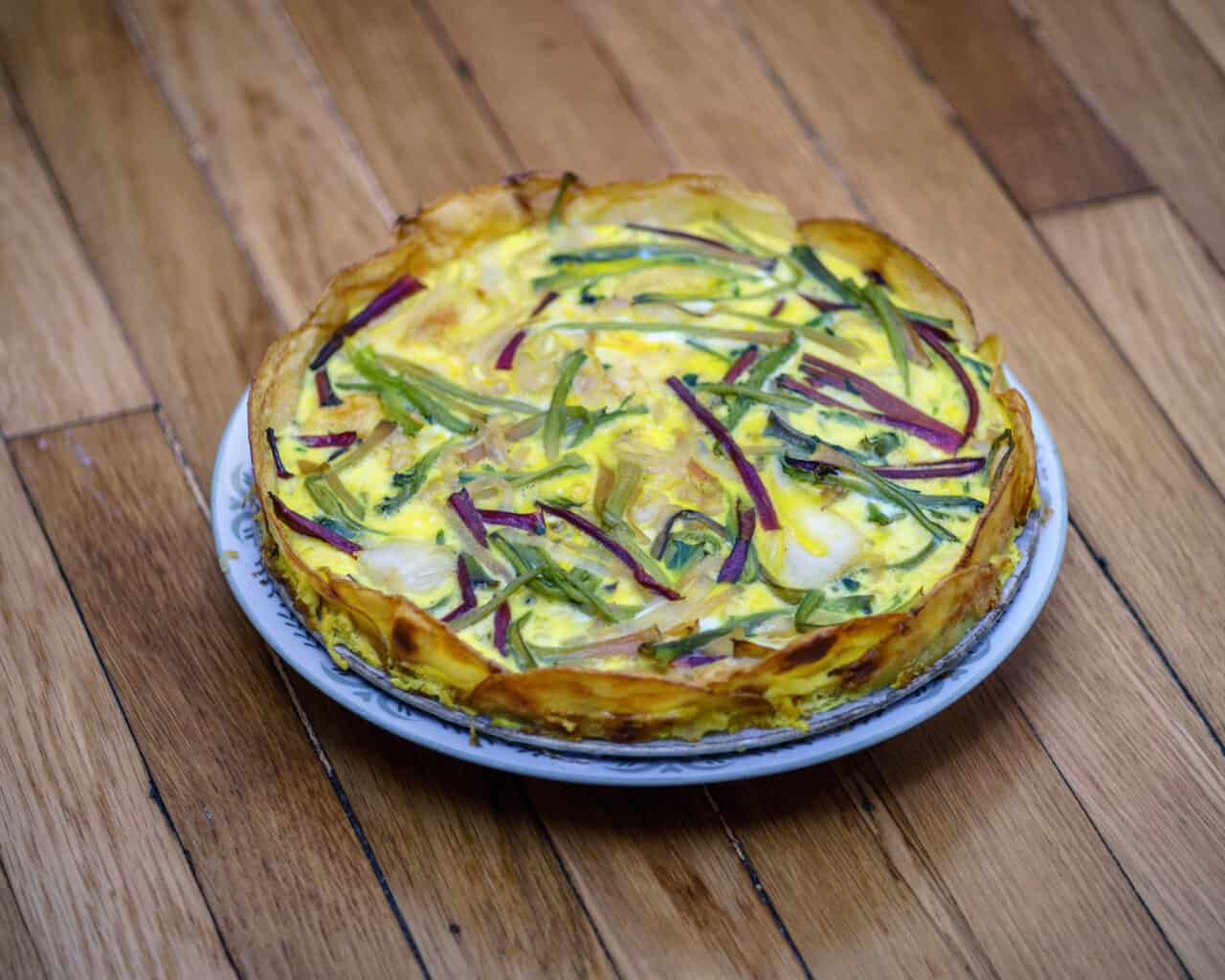
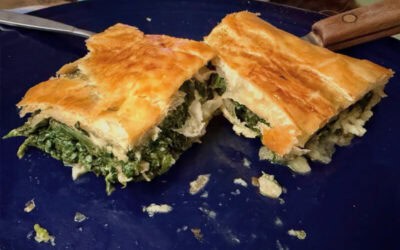
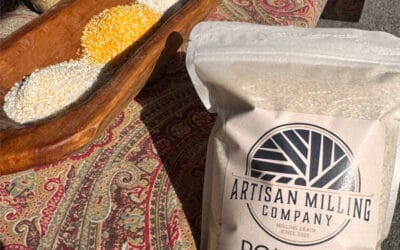
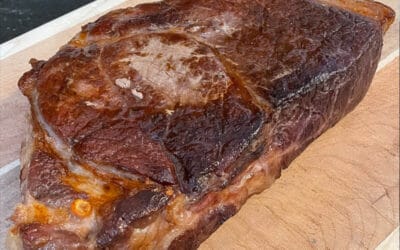
0 Comments